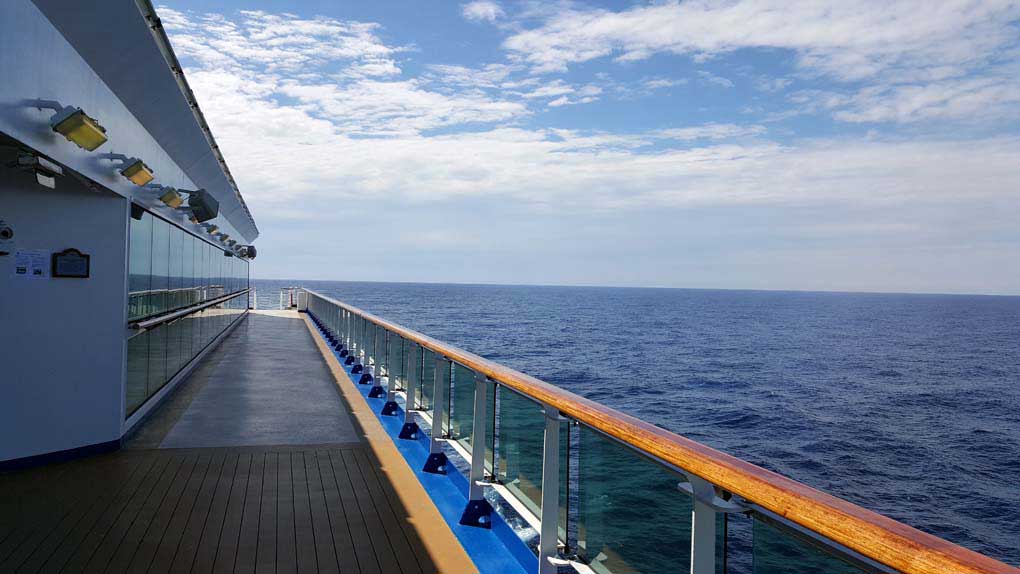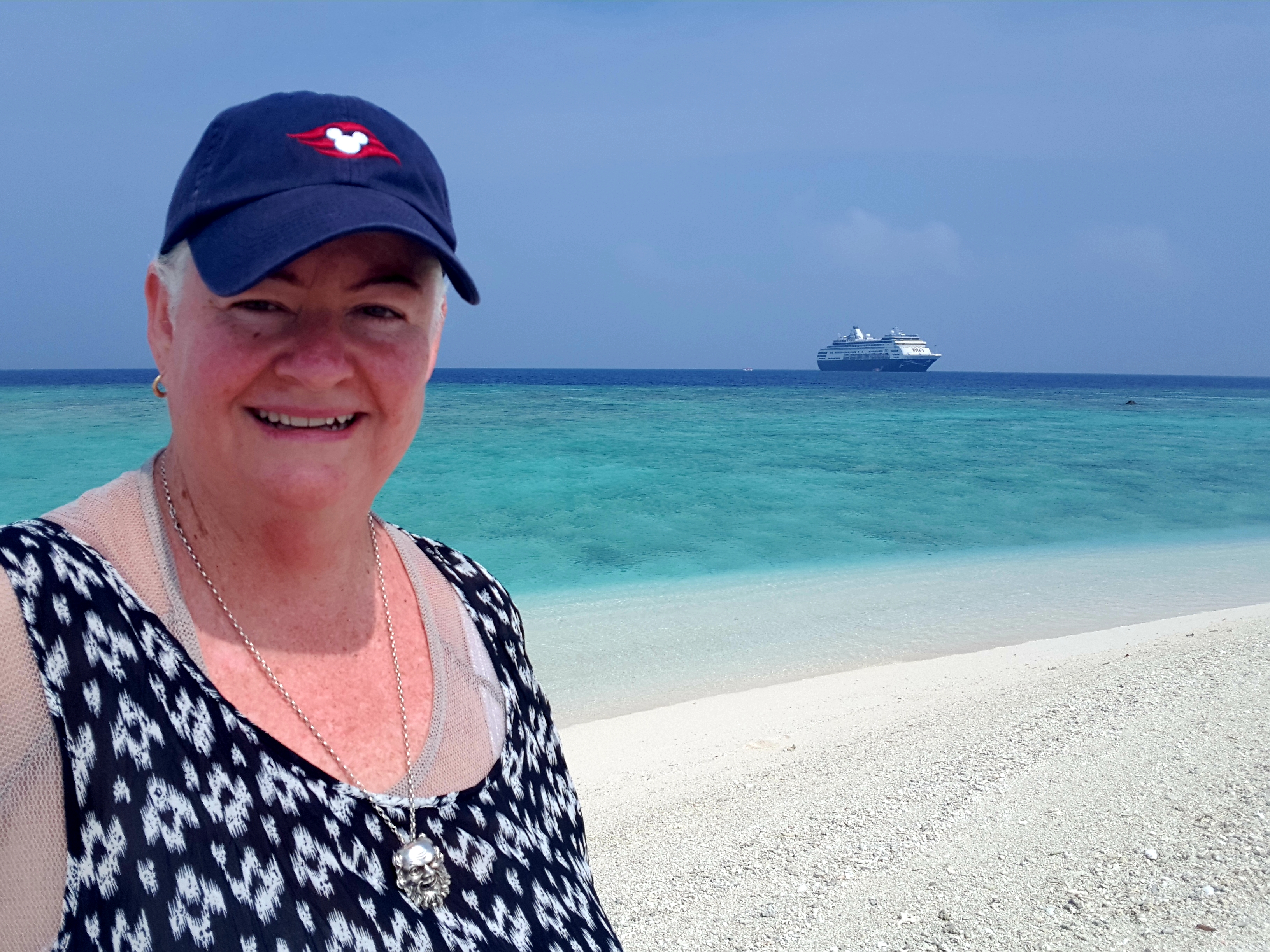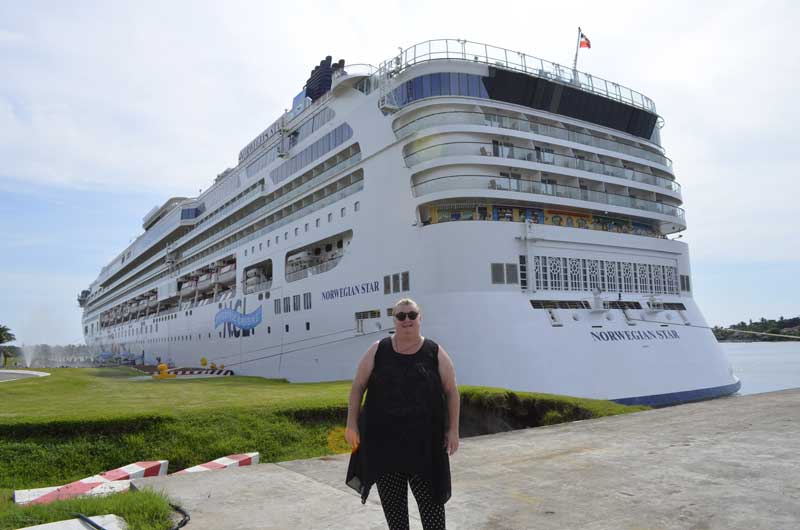What to do to avoid missing the ship when in port
One of the main questions I get asked is, do people really get left behind when cruising? The only answer is, YES! Being berthed in a port cost the cruise lines money. There are port fees and taxes and there is the cost of fuel to consider. So staying longer in port has financial penalties and consequences. There is also the impact that a delay would have on the rest of the cruise itinerary. Leaving one port late will mean travelling faster to the next port of call. Fast cruising means that more fuel is used, incurring additional expense. There is also the impact of port delays on other passengers as their cruising plans may be interrupted or spoilt due by the deliberate actions of one individual.
So to be a good cruiser there are a few strategies you can employ to avoid missing the ship when it leaves a port. One of the first things you could do is to choose a cruise company which has a lenient policy on missing the ship, though for me that is not something I would waste my time doing. I would go to employing a genuine strategy to not miss the ship, which is arrive back to the ship early and avoid missing the ship in the first place. Finally, if you are going to miss the ship have all the items necessary on you, so you are prepared to deal with the consequences.
If you are so concerned about missing the ship at any time, check out different cruise companies policies prior to departure, as they all vary. When the ship is scheduled to leave port, the cruise line security typically checks who has or has not checked in. If there are people on the ship’s manifest who are not on-board, there will be calls over the public address (PA) system of the name of those who have not boarded. If there is still no response, a member of guest services will be accompanied by security to check the passenger’s stateroom to see if they are there. If they are not in their stateroom, they will look for the passenger’s passport in the safe by using a master key. If security are unable to find any passports, it will be assumed that the passenger has them with them. If security find the passport, it is given to the ship agent (there is an agent stationed in every port) so the passenger will be given them when they arrive back at the pier. A passport is required for all international flights, so the passenger can catch back up with the ship at the next port or fly home. After a reasonable amount of time, the ship will leave the port without those missing passengers.
So the upshot of this is be prepared and have important identification information with you every time you leave the ship. I always take photos of passports, driver’s licenses (both sides) and credit cards (both sides), travel insurance certificate, travel agents contacts on my smartphone in a folder labelled for that trip. Also take a photo of the phone numbers for your ship, port agent (often found listed on the daily newsletter) and your cruise line’s customer service department. You could also take a screenshot of the address and phone number of your country’s embassy in any port you are visiting. This information potentially should be kept as a hard copy on you somewhere for example like a wallet or backpack. Having this information will be essential in easing your anxiety level when helping you figure out what to do if you miss your cruise ship.
There are some well-worn strategies that you can employ to not miss the boat in the first instance, in no particular order they are:
Pay attention to the time.
Be vigilant about time differences. Always pay attention to announcements, and read your daily on-board newsletters to see when you should set your watch forward or back. If you miss the notifications ask the crew as you are leaving the ship at a port. A notice showing the last on-board time is often at the base of the gangway. Always have your time, be it you phone or watch, on ship’s time. Avoid keeping your watch or clock on your home or local time and trying to make mental calculations to the time in your current location. This strategy is destined for a spectacular fail at some point on your cruise. The daily on-board newsletter will also contain the ‘all aboard time’ and the contact number of port agent. Take a copy of the on-board daily newsletter or take a photo of the information. My advice is always aim to be back on the ship a minimum of half an hour before the final time on the notice, as it builds you a buffer. If you are having a great time in a cantina or lost in your last minute shopping, set an alarm on your smartphone to give you enough time to get to the pier and onto the ship. It is your responsibility to pay to get to the next port.
Choose excursions intelligently and wisely.
If a ship organised shore excursion is late returning to port for some reason, the positive thing is the ship will either wait for you, or the line will take financial and logistical responsibility for getting you to a next port of call to meet up with the ship. If you book a private excursion from a third party provider, it is your responsibility to get back to the port on time and not run late, the negative consequence is that the ship will leave without you. That cheap shore excursion option may turn into a very expensive learning lesson.
If you are part of a very large group they won’t always leave without you, but there is no guarantee that the ship will wait. If you have decided go the private tour, do some research ahead of time, such as check the provider has a track record of punctuality etc. If you go with an independent tour excursion build in an additional buffer, aim to be back at the ship an hour or two before the final “all aboard.” Allocate time for traffic, breakdowns, and dawdlers.







